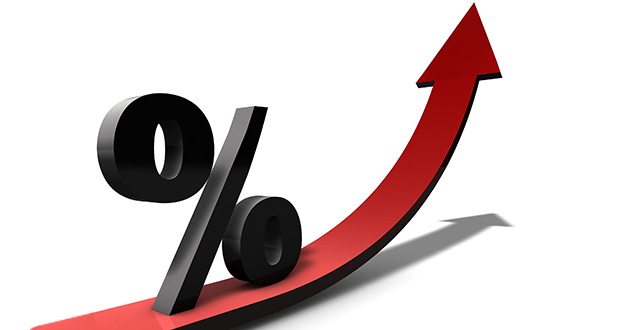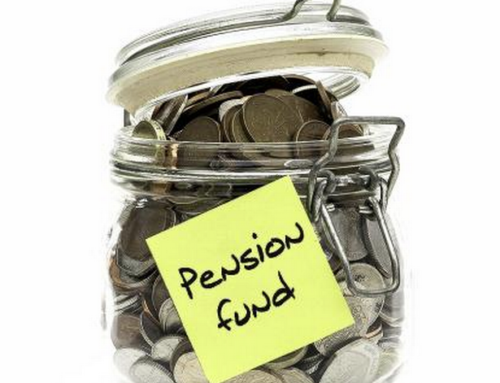
Figures released at the end of January revealed that the final quarter of 2017 saw the economy expand by 0.5%. The Bank of England has now indicated that the pace of interest rate rises could speed up if the outlook remains positive.
Although Mark Carney and his colleagues voted to keep interest rates on hold at 0.5% at their latest meeting, they did indicate that the rates will need to rise “earlier” and by “a somewhat greater extent” than previously thought. As a result of the Bank’s comments, the value of the pound jumped by about 1% against both the dollar and the euro.
When the Bank put the rates up for the first time in ten years last November, it hinted there could be two more increases of 0.25% over three years, but it now appears there could be a third one and sooner than expected. There is speculation the next rise could come as soon as May.
As well as the growth in the economy, the growing numbers of people in employment have contributed to this belief. 32.2 million people were in work in the three months to November 2017, marking the highest total since 1971 when records began and a joint high record employment rate of 75.3%. Whilst average earnings increased 2.5% in the year to November, the growth of pay was below the rate of inflation for the tenth month in a row. The Bank does now think, however, that wages will start to increase.
If interest rates are increased, this will undoubtedly affect those households who currently have a standard variable rate or tracker rate. Of the 8.1 million households in the UK, approximately 50% are thought to be on this type of mortgage and interest rates would be likely to increase to match the Bank of England rates.
On the plus side, however, an increase rate rise would be welcome for savers as the High Street banks would generally follow suit.
Due to the boost in the UK economy, the Bank has raised its growth forecast 1.7% this year from the previous figure of 1.5%. It is worth noting, however, that this forecast is based on a “smooth” adjustment to Britain’s departure from the European Union. In the meantime, we wait to see what the Bank will actually do regarding interest rates in May.





